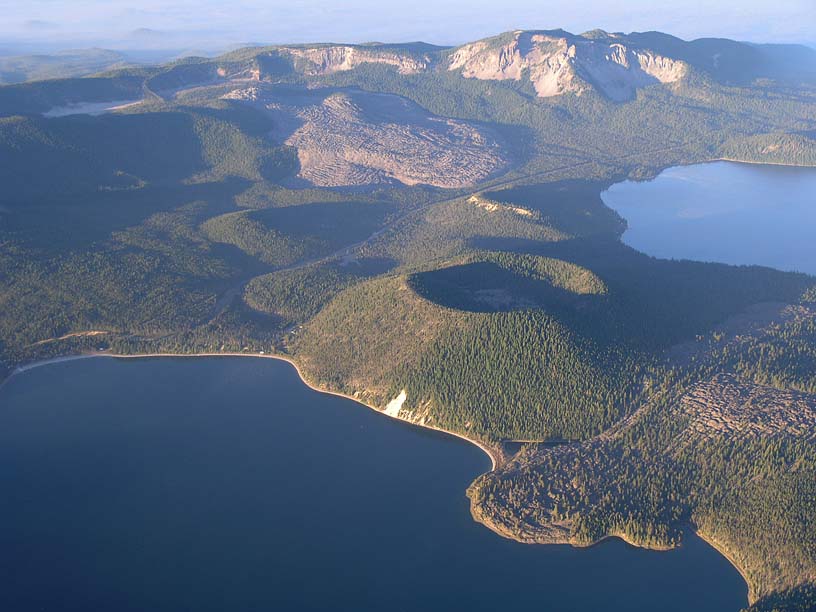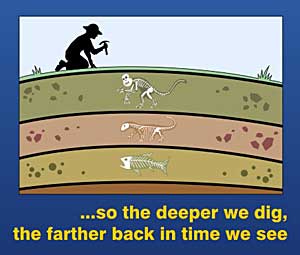Difference between revisions of "Pages 56-67"
| Line 33: | Line 33: | ||
http://www.prehistoricplanet.com/images/features/earth/geologictime/rocklayers2.jpg | http://www.prehistoricplanet.com/images/features/earth/geologictime/rocklayers2.jpg | ||
| + | |||
| + | |||
==Bone From a Dry Sea pages 56-67<ref name=BFDS>Dickinson, Peter. A Bone from a Dry Sea. New York: Laurel-Leaf Books, 1992. Print.</ref>== | ==Bone From a Dry Sea pages 56-67<ref name=BFDS>Dickinson, Peter. A Bone from a Dry Sea. New York: Laurel-Leaf Books, 1992. Print.</ref>== | ||
| Line 42: | Line 44: | ||
==='''Archaeological process (examples)'''=== | ==='''Archaeological process (examples)'''=== | ||
| + | |||
| + | |||
==Sources== | ==Sources== | ||
<references/> | <references/> | ||
Revision as of 11:13, 31 August 2012
Return to History 8 Archaeology Bone From a Dry Sea
Contents
Bone From a Dry Sea pages 56-67[1] and Manual page 6 [2]
By: Courtney Jacobs
Summary
Place changes - Pages 56 and 57
Pages 56 and 57

“When the plain which you saw from the camp had been sea, and the hills where the camp was had been an island, this had been the channel between the island and the mainland. Then, slowly, the land had risen, and it had become a great marsh, and creatures had lived and died there, leaving their bones in the marsh. Rivers had fed the marsh, bringing down silt from the hills, layer after layer after layer, covering the bones. Then the coastline had risen, cutting the marsh off from the sea, and slowly it had dried out, evaporated, becoming saltier and saltier as it did so. It was badlands still because of the salt. The plates of the earth had ground against each other and there had been earthquakes, tilting the edges of the plain into new young hills, where the layers of silt compacted into clay and fresh soft rock, while the buried bones became fossils within them. Time had streamed by, hundreds and thousands of seasons, wet, dry, wet, dry, wet, dry, each wet softening the surface of the earth and each dry baking it hard again. Sometimes rain washed whole mountainsides away. Sometimes things barely changed at all. This shows place change because…

Superposition - Page 57, 58, 61, and 67
Page 57 - "…Rivers had fed the marsh, bringing down silt from the hills, layer after layer after layer, covering the bones..."
Page 58 - "Where the old strata are exposed, they lie in the same order as that in which they were laid down..."
Page 61 - "You see this layering, how it's tilted?...So we had a minor volcanic eruption followed by a dry spell...I shall know where it comes in the sequence..."
Page 67 - "It's going to be datable by the tuff!"


Bone From a Dry Sea pages 56-67[1]
By: Keshav Krishnan